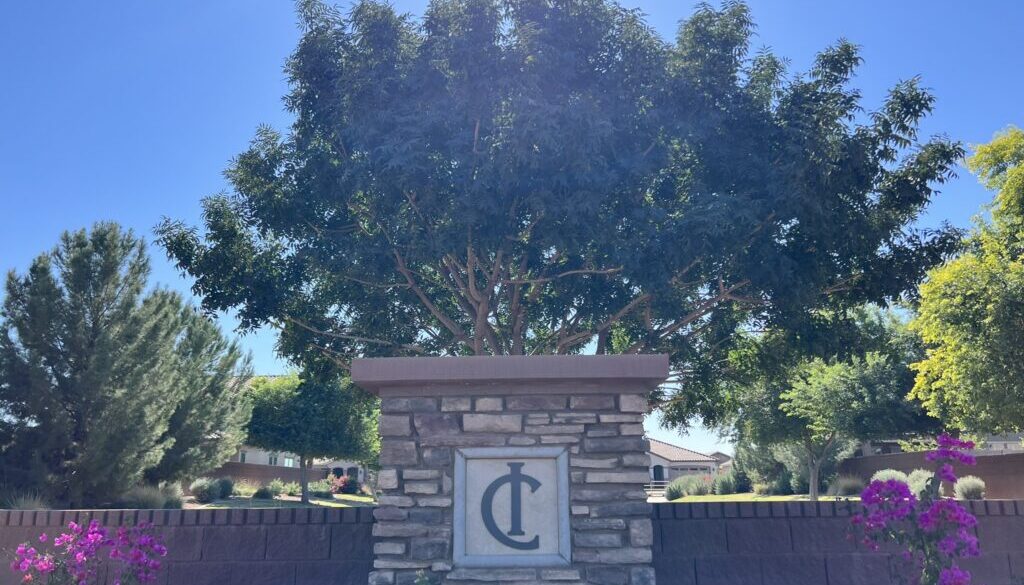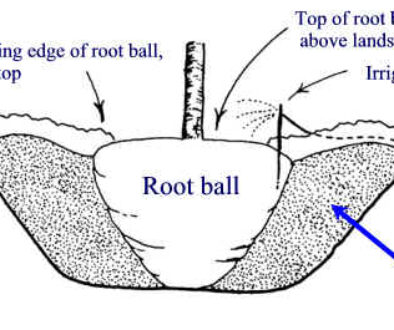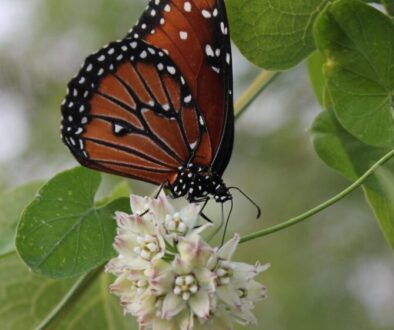Before You String Up Your Christmas Lights – Which Arizona Trees Go Dormant in the Winter?
With the holiday season approaching, you may be looking over your yard thinking of ideas of where to hang up lights and place decorations. If you’ve just moved here, it may be difficult to tell which trees are going to lose their leaves and which ones are evergreen.
Before you put your Christmas lights up, and before you call up your community manager worried that your favorite tree is dying, let’s go over some of the basics about deciduous trees in Arizona landscaping.
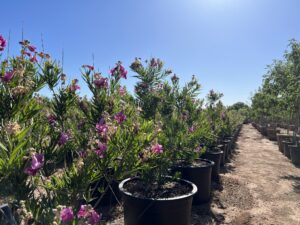
First, let’s go over some trees native to the Sonoran Desert. Desert Willows are often the first to go completely bald as nighttime temperatures descend. Almost every species of Mesquite Tree goes dormant in the winter, keeping few or no leaves from December until the beginning of April.
American Native Acacia species such as the Sweet Acacia look similar to mesquites and lose most of their leaves during the winter. Many species of Palo Verdes actually lose their leaves in the summer AND the winter, regrowing their tiny leaves during the spring and fall just to shed them again.
The riparian (river) trees of the desert such as Cottonwoods, Arizona Ash, and Sycamores are the only ones that notably change colors before shedding their leaves, akin to the trees of the more temperate regions of the United States.
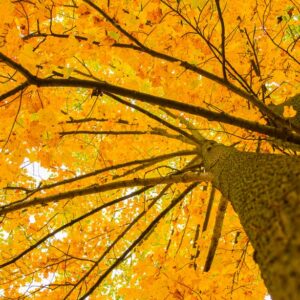
A few other Arizona trees only lose their leaves during extended periods of drought, with Ironwood trees being the commonly used example. During warmer winters, Chilean Mesquites can sometimes keep the majority of their leaves.
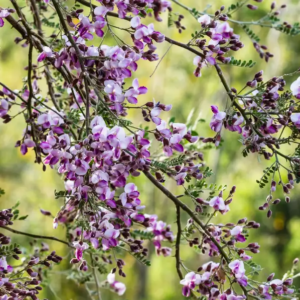
There are lots of non-native tree species that are commonly used in Arizona landscaping, many of which begin to shed for the winter after the first few cold nights. Red Push Pistache, Chinese Elms, and Chitalpas shed their leaves slowly and without much drama – these are the ones that most often worry newcomers when the seasons change.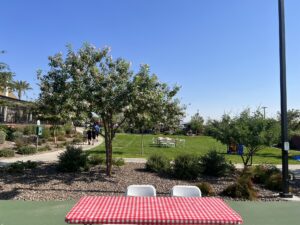
Texas Ebony Trees have leaf patterns similar to mesquites and acacias, but they only partially lose their leaves in the winter. Their foliage is so dense that they will cause a mess even if they still look relatively full in the dead of the winter.
Jacarandas lose their leaves as soon as it gets cold at night, and sometimes don’t grow back until the end of April. On the other end of the spectrum, the ironically-named Evergreen Pear Tree very briefly loses its leaves in late December or January, only to come back to life covered in white flowers in February.
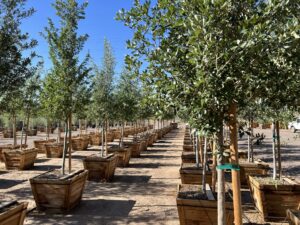
Southern Live Oaks only shed leaves during especially cold winters when temperatures go below freezing for multiple nights. Texas Mountain Laurels, Bottle Trees, Ficus Trees, Pine Trees, Olive Trees, Arborvitae, and Citrus Trees DO NOT go dormant. If you see them shedding leaves, something may actually be wrong.
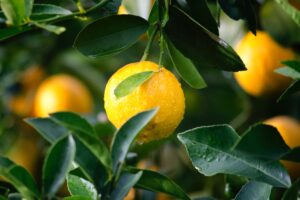
This list is by no means exhaustive – these are just some of the most commonly found trees in Phoenix-area landscaped spaces.
At ELS Maintenance & Construction, we have an entire dedicated Arbor Division that makes sure trees are healthy and following their normal seasonal patterns at all of our communities. If you know of a community or commercial center that needs new landscapers, contact contactus@evergreenaz.com and we can get started!

